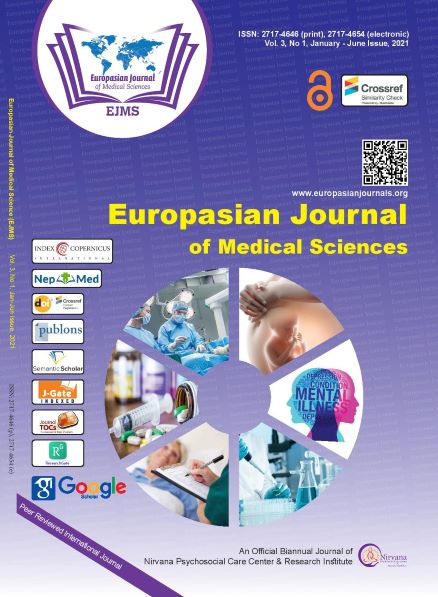Functional Outcomes of Pediatric Both Bone Fractures Fixed with Titanium Elastic Nails: : A Hospital Based Study
Abstract
Background: Successful treatment of both bone fractures depends on the
restoration of normal alignment and full recovery of range of motion that can
be achieved by either closed reduction and casting or surgical intervention.
Number of surgical treatment modalities have been mentioned for unstable
pediatric both bone fractures that includes Kirschner wire fixation, plating,
external fixation and elastic intramedullary nailing.
Methods: This was descriptive cross-sectional study performed from January
2016 to December 2019. A total of 85 diaphyseal pediatric forearm fractures
were treated surgically with titanium elastic nails(TENs) during this period.
Functional outcomes and complications were analysed 6 months after
surgery.
Results: The mean age of patients in our study was 10.67±1.88. There were
50 (64.1%) male and 28 (35.9%) female. Incidence of fracture is higher in
left side 47 (60.2%) in comparison to right side 31 (39.8%). Fifty (64.1%)
fractures were in middle third, thirteen (16.7%) fractures were in proximal
third and 15 (19.2%) in distal third of both bone forearm. There were
excellent outcomes in 91%, good outcomes in 6.4% and fair results in only
2.6% of patients.Seven different types of complications were noted including
skin irritation 8 (10.2%), cortex perforation in 2 (2.5%) and iatrogenic
fracture in 1 (1.3%) case.
Conclusions: Titanium elastic nailing is excellent treatment option for
displaced unstable pediatric both bone fractures especially in elderly
children. This is technically easy, minimally invasive procedure with
relatively faster bone healing, easy implant removal with excellent cosmesis
of skin without long ugly scar.
Copyright (c) 2021 Authors

This work is licensed under a Creative Commons Attribution 4.0 International License.
All articles published in EJMS are licensed under the Creative Commons Attribution 4.0 International License (CC-BY 4.0). The author/s as the copyright holder will retain the ownership of the copyrights without restrictions for their content under the CC-BY 4.0 license, and allow others to copy, use, print, share, modify, and distribute the content of the article even in commercial purpose as long as the original authors and the journal are properly cited. No permission is required from the author/s or the publishers. Appropriate attribution can be provided by simply citing the original article.
On behalf of all the authors, the corresponding author is responsible for completing and returning the agreement form to the editorial office. More information about the terms and conditions, privacy policies, and copyrights can be found on the webpage of the Creative Commons license privacy policy. https://creativecommons.org/licenses/by/4.0/




